Type of organization Team | Schedule Monthly Publisher DC Comics | |
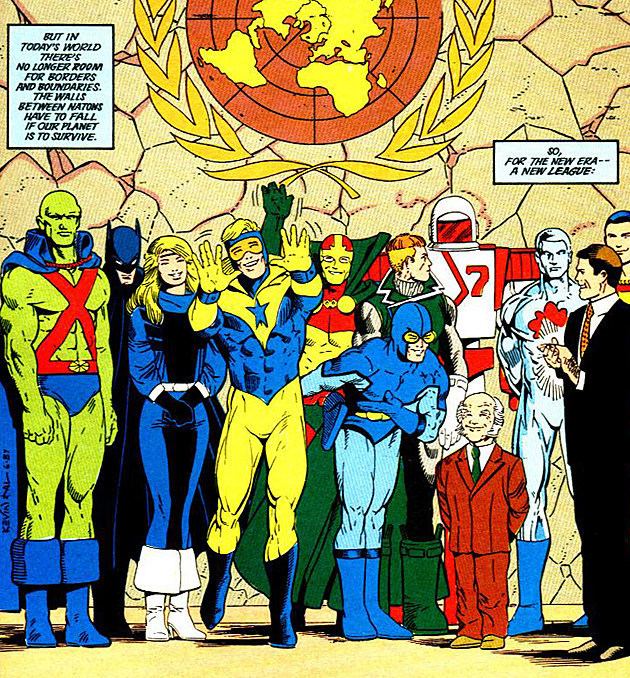 | ||
Created by Keith GiffenJ. M. DeMatteis Books Justice League International, Justice League International: Volume four Similar Blue Beetle, Justice League Europe, Justice, 52, Justice League Dark | ||
Out of print outtake the justice league international
Justice League International (or JLI for short) is a DC Comics superhero team written by Keith Giffen and J. M. DeMatteis, with art by Kevin Maguire, created in 1987.
Contents
- Out of print outtake the justice league international
- Publication history
- Justice League Breakdowns
- Expansion
- Miniseries
- Return
- The New 52
- Writers
- Collected editions
- Television
- References
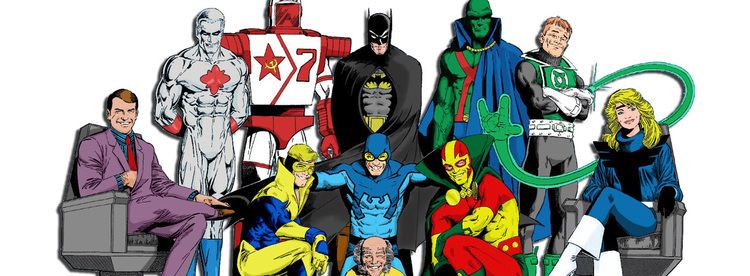
Publication history
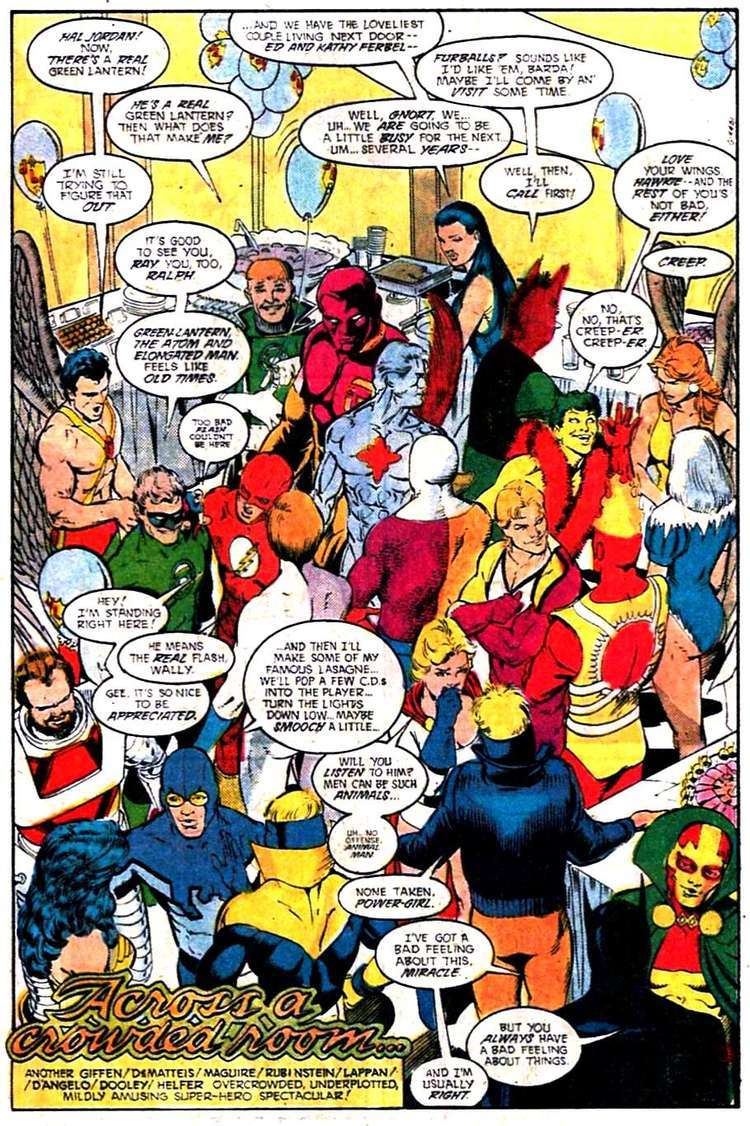
Following the events of company-wide crossovers Crisis on Infinite Earths and Legends, Justice League of America writer J. M. DeMatteis was paired with writer Keith Giffen and artist Kevin Maguire on a new Justice League series. However, at the time, most of the core Justice League characters were unavailable. Superman was limited to John Byrne's reboot, George Pérez was relaunching Wonder Woman and Mike Baron was launching the Wally West version of The Flash.
As a result, the initial team consisted of:
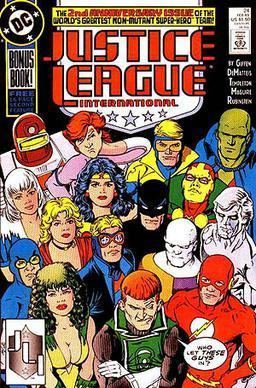

The resulting comedic tone was Giffen's idea, introducing new characterizations to old characters: Guy Gardner was now a loutish hothead, Booster Gold was greedier and more inept than he had been in Dan Jurgens' series, and Captain Marvel displayed a childlike personality.
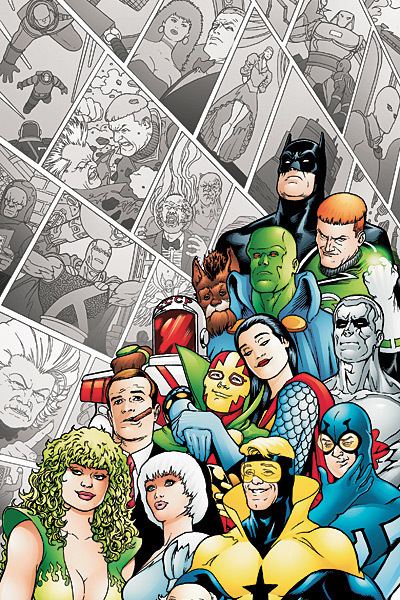
The series would go on to become nominated as "Best New Series" in 1988 by the Harvey Awards, but was beat out by Paul Chadwick's Concrete. It would also feature Adam Hughes' first work for a major comic publisher.
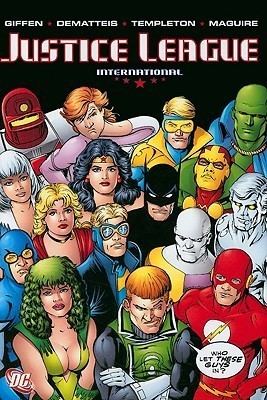
With issue seven, the series was renamed Justice League International to reflect the team's new international status.The name change spawned the term JLI, which is used when referring to this period in Justice League history. The series was again renamed following the launch of Justice League Europe in 1989. The series would be known as Justice League America until it's cancellation in 1996.
Justice League: Breakdowns
"Breakdowns" was a 16-issue crossover between the Justice League America (#53-60) and Justice League Europe (#29-36) titles, changing the tone of both series from a humorous one to a more serious one, and introducing new creative teams to both books. The major events that occurred were the following:
Expansion
The Justice League titles continued to expand into the early to mid-1990s. Titles included: Justice League America, Justice League Europe, Justice League Task Force, Extreme Justice and Justice League Quarterly. Justice League Europe was later retitled to become the second volume of Justice League International.
In the latter part of the series, more recognizable characters, including Superman, Wonder Woman, Green Lantern and Aquaman, joined, followed by lesser known characters such as Bloodwynd, Maya, Maxima, Nuklon, Obsidian, Tasmanian Devil, and Triumph. Longtime JLI-era characters such as Captain Atom, Martian Manhunter, and Power Girl were revised and revamped.
By 1996, with the commercial success of the series fading, each of the titles was eventually cancelled.
Miniseries
In 2003, Giffen, DeMatteis, and Maguire reunited for the six issue miniseries Formerly Known as the Justice League. This depicted Maxwell Lord trying to get the gang back together as The Super Buddies - a Hero-For-Hire group that operated out of a strip mall. 2005 saw second storyline, I Can't Believe It's Not the Justice League, by the same creative team published in the pages of JLA Classified. This one told a story of the characters attempt to rescue Ice from Hell.
Return
Following Blackest Night, DC launched two alternating 24-issue biweekly comic book limited series, one being Brightest Day and the other being Justice League: Generation Lost, written by Keith Giffen and Judd Winick. This second series features Captain Atom, Booster Gold, the new Blue Beetle Jaime Reyes, Fire, Ice and a new Rocket Red (by the name of Gavril Ivanovich) and will, essentially, see the return of Justice League International, as explained by Giffen:
Over the course of the series, Power Girl and Batman joined the group as well, with Wonder Woman appearing in the book's final three issues. The title was heavily tied to Winick's run on Power Girl, which had the title character dealing with villains connected to Max Lord's plans in Generation Lost, and eventually had her rejoin the Justice League International after a crossover between the two titles. The title also indirectly tied into Odyssey, a storyline published in Wonder Woman that saw the title character being removed from history with her existence forgotten by most of her fellow heroes. This formed the basis of the book's finale, with the members of the Justice League International racing to track down Wonder Woman before Lord could find her and kill her. Plot threads from Kingdom Come and The OMAC Project also appeared.
Generation Lost ended with a teaser that a new Justice League International series would be coming in a few months (with Booster Gold as leader).
The New 52
As part of The New 52, Justice League International was relaunched in September 2011, after the conclusion of the "Flashpoint" storyline, written by Dan Jurgens and drawn by Aaron Lopresti.
This Justice League International is formed by United Nations director Andre Briggs as a UN-controlled counterpart to the original Justice League and is based out of the Hall of Justice. The founding lineup of the team consists of Booster Gold, Fire, Ice, Rocket Red (Gavril Ivanovich), Green Lantern (Guy Gardner), Vixen, August General in Iron, and Godiva, who are recruited to the team due to having their identites publicly known. Batman is denied membership due to having a secret identity, but is allowed to accompany the group as part of an effort to foster good relations between the JLI and the original Justice League. The team goes on to defeat the Signal Men and the alien conqueror Peraxxus.
During a press conference outside the Hall of Justice, Rocket Red is killed when a bomb explodes, while Fire, Ice and Vixen are hospitalized and become comatose. This leads Booster Gold to recruit Batwing, OMAC and Firehawk to the team.
In May 2012, DC announced the cancellation of Justice League International. The series concluded with issue 12 and the Justice League International Annual in August 2012.
Writers
Collected editions
In 1989, the first seven issues of the original Justice League International series were collected in a trade paperback called Justice League: A New Beginning (ISBN 0930289404) and issues #8-12 in the follow-up Justice League International: The Secret Gospel of Maxwell Lord in 1992 (ISBN 1563890399).
In 2008, DC announced plans to collect the early years of the JLI as individual volumes, initially as hardcovers and later on as trade paperbacks; starting with volume 5 the books will be released solely as trade paperbacks:
